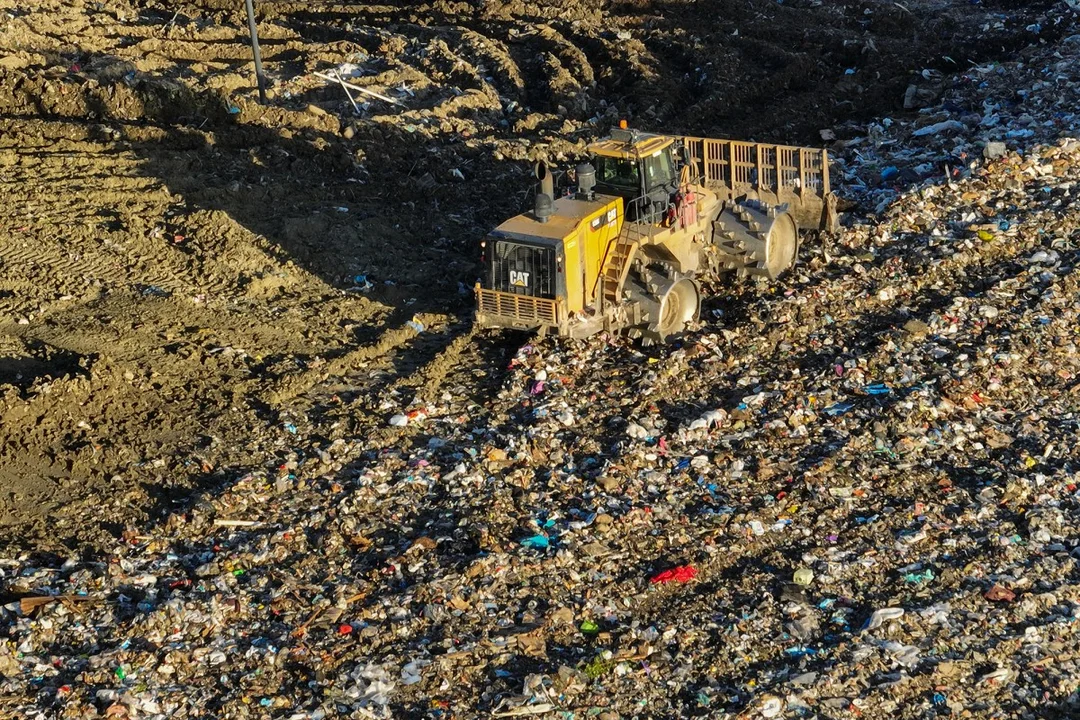
Chiquita Canyon Landfill Crisis: California’s Battle with Toxic Emissions
In a concerning environmental development, the Chiquita Canyon Landfill in California has become a focal point of public and regulatory scrutiny due to its hazardous emissions. Located in the Santa Clarita Valley, the landfill has been emitting dangerous levels of toxic gases, prompting urgent action from state officials and environmental agencies.
The situation at Chiquita Canyon escalated when residents began reporting severe health issues, including respiratory problems and nausea, linked to the landfill's emissions. Investigations revealed that the facility was not only releasing harmful gases but also contributing to significant air and soil pollution in the surrounding areas. The California Department of Toxic Substances Control has since launched a comprehensive investigation into the landfill's operations and compliance with environmental regulations.
Local communities have rallied for immediate action, demanding that the landfill be shut down or undergo stringent modifications to mitigate its impact on public health. In response, the state's environmental protection agency has imposed fines and mandated improvements, although residents argue that these measures are insufficient and slow-moving.
The Chiquita Canyon Landfill crisis highlights broader issues within California's waste management system, raising questions about the effectiveness of current regulations and the need for more sustainable waste disposal practices. As the situation unfolds, it serves as a stark reminder of the delicate balance between industrial operations and environmental stewardship, urging a reevaluation of how such facilities are managed and monitored.